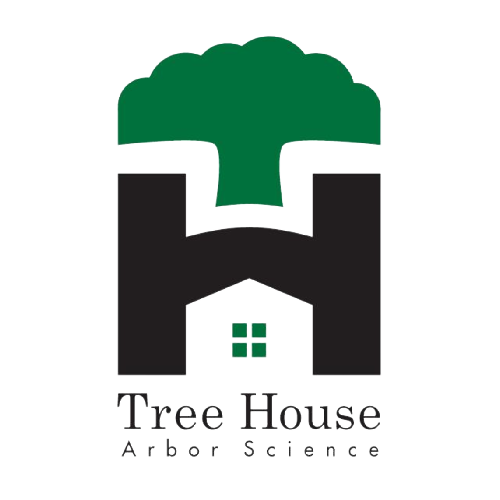Ask the Arborists: Plant Health Care
This month, we're talking about Plant Health Management. We're answering your questions about taking care of your trees and when to ask for help. There's more to creating and maintaining a beautiful yard than watering!
Question: But I do need to water, right? When should I start in the spring and how often/how much should I water my trees and bushes?
Answer: Watering regularly can help avoid almost all issues your trees might encounter during the course of the growing season.
If we go without rain for a couple of weeks, put a sprinkler under your tree and give it an hour of water each week. The water should be broadcast to cover the area below the furthest extent of the foliage of the tree.
Q: Do trees and bushes need fertilizing?
A: Fertilizing can sometimes be beneficial to trees and bushes, but it can also be harmful. Salts are used in many fertilizers and these salts are hard on trees. Some alternatives that may be kinder and more beneficial for your trees include mulch beneath the canopy, compost incorporated into the soil, and of course, water.
Fertilizing trees is not a solution to helping a tree deal with stress. Think of asking an organism to grow (faster!) while dealing with nutritional and thirst issues. That's a recipe for even more stress.
We’re about identifying issues and addressing them. Trees need good soil, water, and natural organic nutrients that are best obtained from compost and bulk organic materials like wood chips.
Q: What makes a tree unhealthy? What are common tree and plant diseases in Madison?
A: Trees face all kinds of challenges these days.
Rhizosphaera needle cast is a fungus that impacts Colorado Blue Spruce in Wisconsin. Trees that are 15 years old and 20 feet high most typically show symptoms of this disease.
Bur Oak Blight is a fungal disease that affects Bur Oaks. Treatments are available but this disease is very challenging. It is important to keep Bur Oaks happy to avoid problems. Ask us how!
Dutch Elm Disease is caused by an ascomycetous fungus. Treatments can be effective but must be faithfully administered to avoid the progression of the disease characterized by yellowing of the foliage, defoliation and death.
Oak Wilt is a lethal disease caused by the fungus Ceratocystis fagacearum, which shuts down the vascular system of Oaks. Red Oaks often die within 4-6 weeks of symptom development. White and Bur Oaks may survive for up to 6 months. The disease is spread through physical wounds in trees that attract a flying beetle that spreads the fungus, or via root grafts between trees. It can be treated with a fungicide if detected early.
This Oak has burrowing galleries from a two-lined chestnut borer. Oaks that are stressed by drought often attract this insect and it’s very hard on the tree.
This Elm was infested with elm bark beetles, which spread the fungus that causes Dutch Elm Disease.
Borers are a serious threat to trees as these insects damage vascular tissue that a tree needs to move water and nutrients between the foliage and the roots. Ash, Birch, Oak, and many other species can be impacted. Injected pesticides can help reduce the impact, but keeping trees healthy and unstressed is critical.
Construction damage, soil compaction, and drought stress are preventable issues that occur regularly in the urban forest. Tree roots need porous, well-aerated soil to grow and obtain oxygen and an adequate supply of water and nutrients.
Q: How do arborists diagnose what’s wrong with a tree?
A: An arborist looks for clues that a tree is struggling. These include fungal fruiting bodies (mushrooms) along the root flare, trunk, and branches, oddly colored wet spots that may indicate cankers, egg masses or bore holes from insects, leaf discoloration or defoliation, powdery mildew, and abnormal leaf and shoot growth to name a few.
These aren’t always easy to see. A trained arborist knows where and what to look for, what signs are troublesome, and which are benign.
Q: Can unhealthy trees be treated or do they always need to be removed?
A: Treatment options can and should be considered, depending on the progression of the problem, the size of the tree, and the cost of treatment versus removal. Some trees may look like they are rebounding from a boring insect infestation, for example, but structural damage may have reached a point of unacceptable risk.
Q: What can I do to give my trees the best chance of staying healthy?
A: To keep your trees healthy make sure they have adequate (not excessive) water, healthy, non-compacted soils and undisturbed roots, and proper structure through regular pruning. Stressed trees are susceptible to other pathogens that they would have been able to fight off had they been robust and healthy.
Do you have a question for Ask the Arborists? Fill out the form below!



